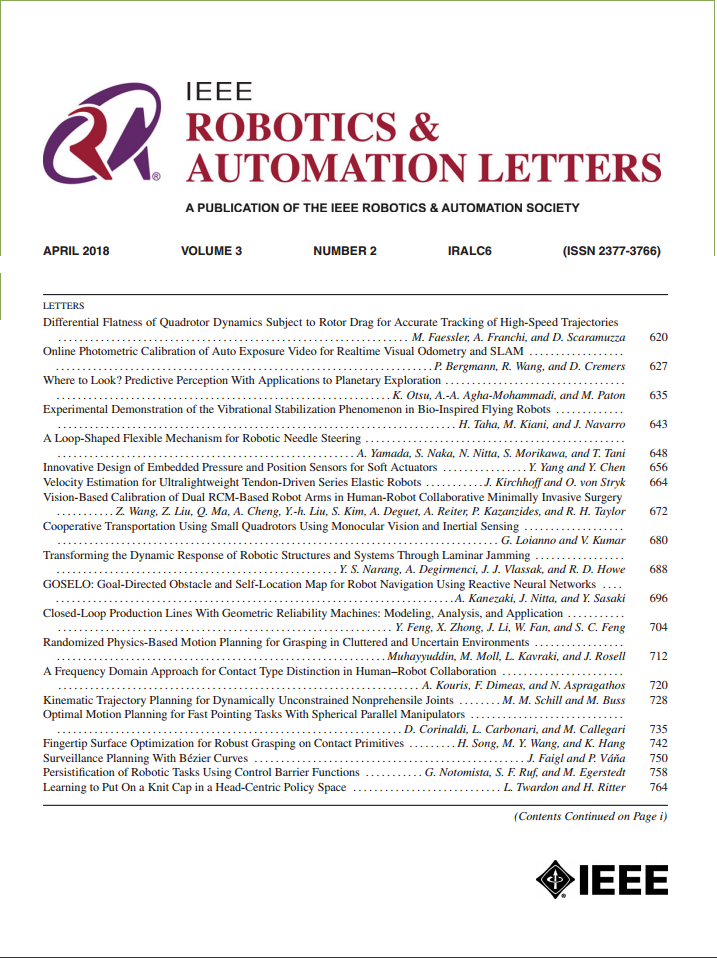Exploring the Role of Robot's Movements for a Transparent Affective Communication
IF 4.6
2区 计算机科学
Q2 ROBOTICS
引用次数: 0
Abstract
Robots operating in human-populated environments must be able to convey their intentions clearly. Displaying emotions can be an effective way for robots to express their internal state and a means to react to humans' behaviors. While facial expressions provide an immediate representation of the robot's “feelings,” there might be situations where only facial expressions are not enough to express the robot's intent appropriately, and multi-modal affective modalities are required. However, the characterization of the robot's movements has not been sufficiently and thoroughly investigated. In this work, we argue that transparent non-verbal behaviors, with particular attention to the robot's movements (e.g., arms, head, velocity), can be crucial for effective communication between robots and humans. We collected responses from N = 967 people observing the robot during a science fair. Our results outline how movements can contribute to conveying emotions transparently. This is especially possible when no conflicting signals are present. However, facial expression is still the most dominant modality when other modalities are not aligned with the movement's intended emotion.求助全文
约1分钟内获得全文
求助全文
来源期刊

IEEE Robotics and Automation Letters
Computer Science-Computer Science Applications
CiteScore
9.60
自引率
15.40%
发文量
1428
期刊介绍:
The scope of this journal is to publish peer-reviewed articles that provide a timely and concise account of innovative research ideas and application results, reporting significant theoretical findings and application case studies in areas of robotics and automation.
 求助内容:
求助内容: 应助结果提醒方式:
应助结果提醒方式:


